Electronic Component Description M30/M32
1-2 and 2-3 Shift Solenoid Valves
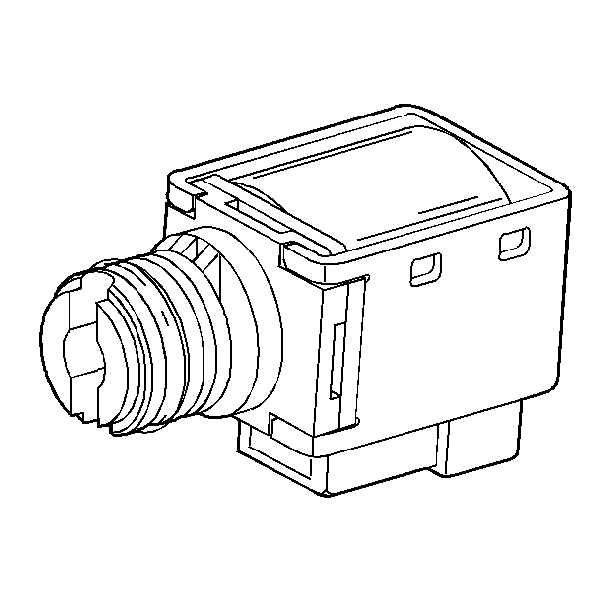
The 1-2 and 2-3 shift solenoid valves (also called A and B solenoids) are identical devices that control the movement of the 1-2 and 2-3 shift valves. The 3-4 shift valve is not directly controlled by a shift solenoid. The solenoids are normally-open exhaust valves that work in 4 combinations to shift the transmission into different gears.
The powertrain control module (PCM) energizes each solenoid by grounding the solenoid through an internal quad driver. This sends current through the coil winding in the solenoid and moves the internal plunger out of the exhaust position. When ON, the solenoid redirects fluid to move a shift valve.
Important: The manual valve hydraulically can override the shift solenoids. Only in D4 do the shift solenoid states totally determine what gear the transmission is in. In the other manual valve positions, the transmission shifts hydraulically and the shift solenoid states CATCH UP when the throttle position and the vehicle speed fall into the correct ranges.
The PCM-controlled shift solenoids eliminate the need for TV and governor pressures to control shift valve operation.
3-2 Shift Solenoid Valve Assembly
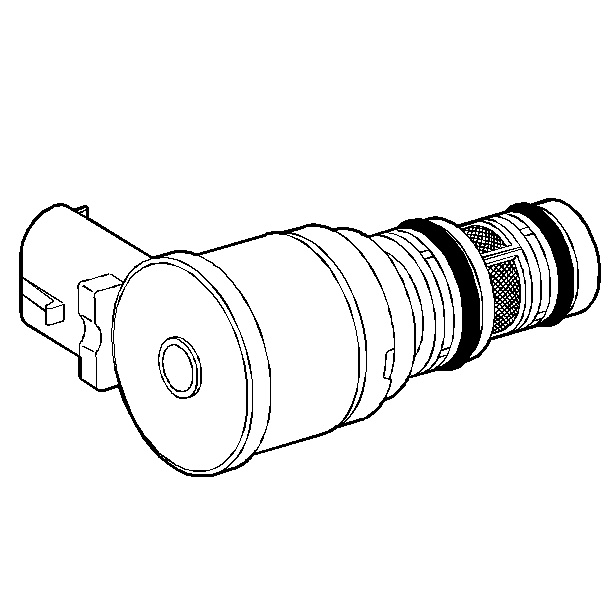
The 3-2 shift solenoid valve assembly is a normally-closed, 3-port, ON/OFF device that is used in order to improve the 3-2 downshift. The solenoid regulates the release of the 3-4 clutch and the 2-4 band apply.
Transmission Pressure Control Solenoid
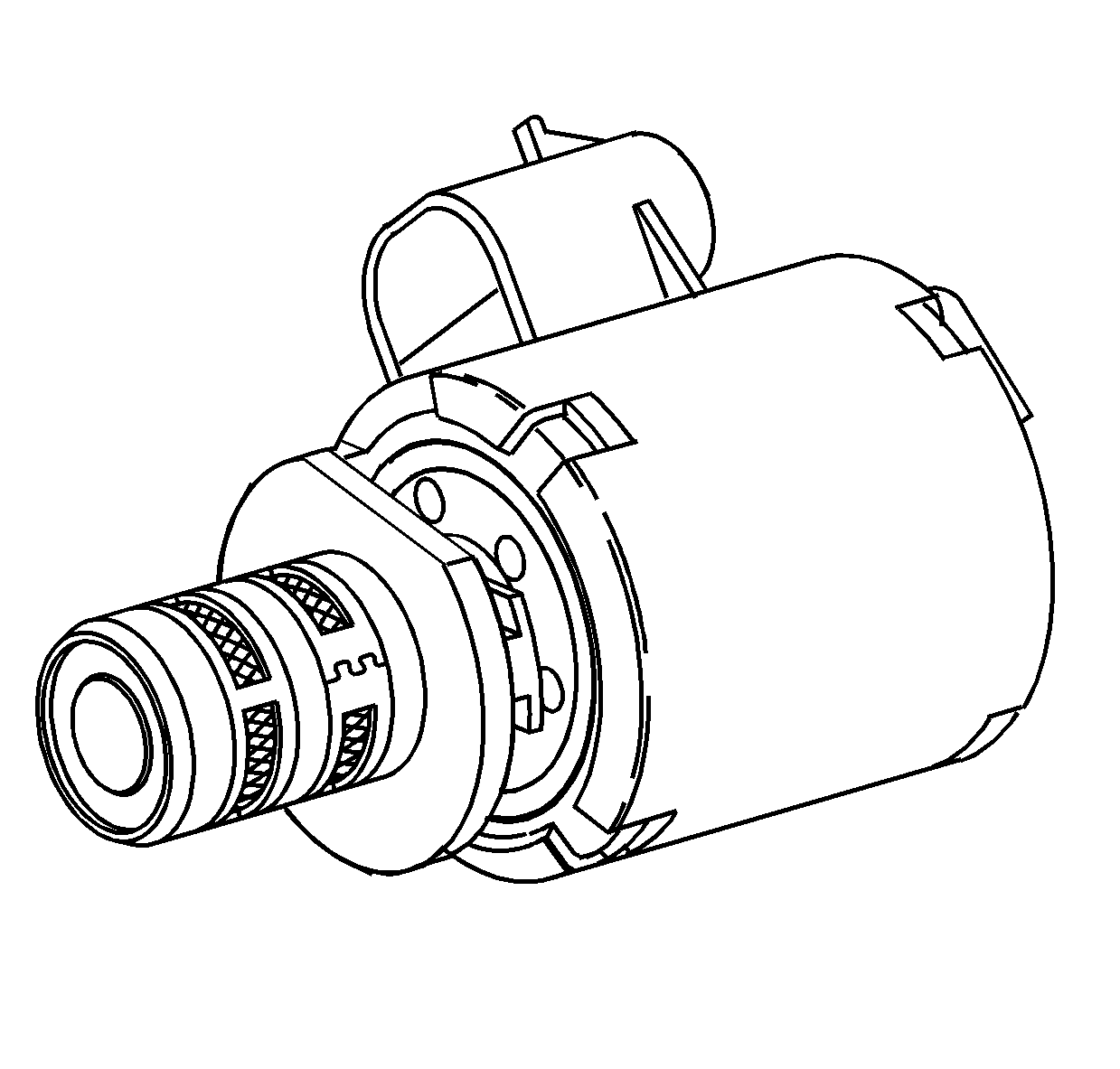
The transmission pressure control solenoid is an electronic pressure regulator that controls pressure based on the current flow through its coil winding. The magnetic field produced by the coil moves the solenoid's internal valve which varies pressure to the pressure regulator valve.
The PCM controls the pressure control solenoid by commanding current between 0.1-1.1 amps. This changes the duty cycle of the solenoid, which can range between 5-95 percent, typically less than 60 percent. High amperage (1.1 amps) corresponds to minimum line pressure, and low amperage (0.1 amp) corresponds to maximum line pressure, if the solenoid loses power, the transmission defaults to maximum line pressure.
The PCM commands the line pressure values, using inputs such as engine speed and throttle position sensor voltage.
The pressure control solenoid takes the place of the throttle valve or the vacuum modulator that was used on past model transmissions.
Torque Converter Clutch Solenoid Valve
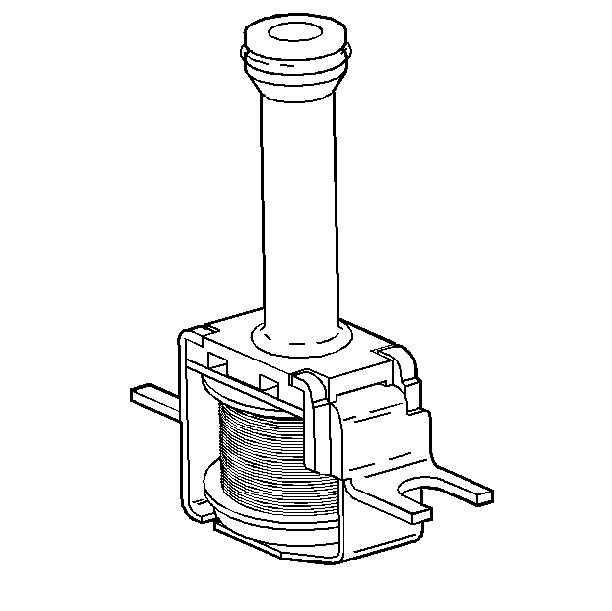
The torque converter clutch (TCC) solenoid valve is a normally-open exhaust valve that is used to control torque converter clutch apply and release. When grounded (energized) by the powertrain control module (PCM), the TCC solenoid valve stops converter signal oil from exhausting. This causes converter signal oil pressure to increase and move the TCC solenoid valve into the apply position.
Torque Converter Clutch Pulse Width Modulation Solenoid Valve
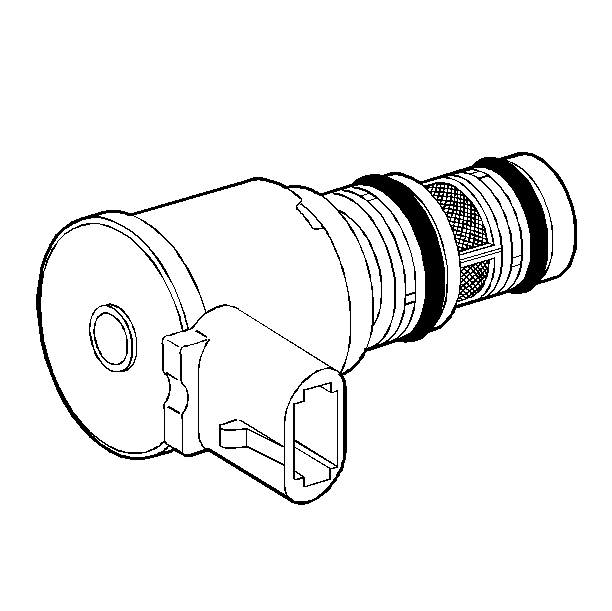
The torque converter clutch pulse width modulation solenoid valve controls the fluid acting on the converter clutch valve. The converter clutch valve controls the torque converter clutch (TCC) apply and release. This solenoid is attached to the control valve body assembly within the transmission. The TCC PWM solenoid valve provides a smooth engagement of the torque converter clutch by operating during a duty cycle percent of ON time.
Transmission Fluid Pressure (TFP) Manual Valve Position Switch
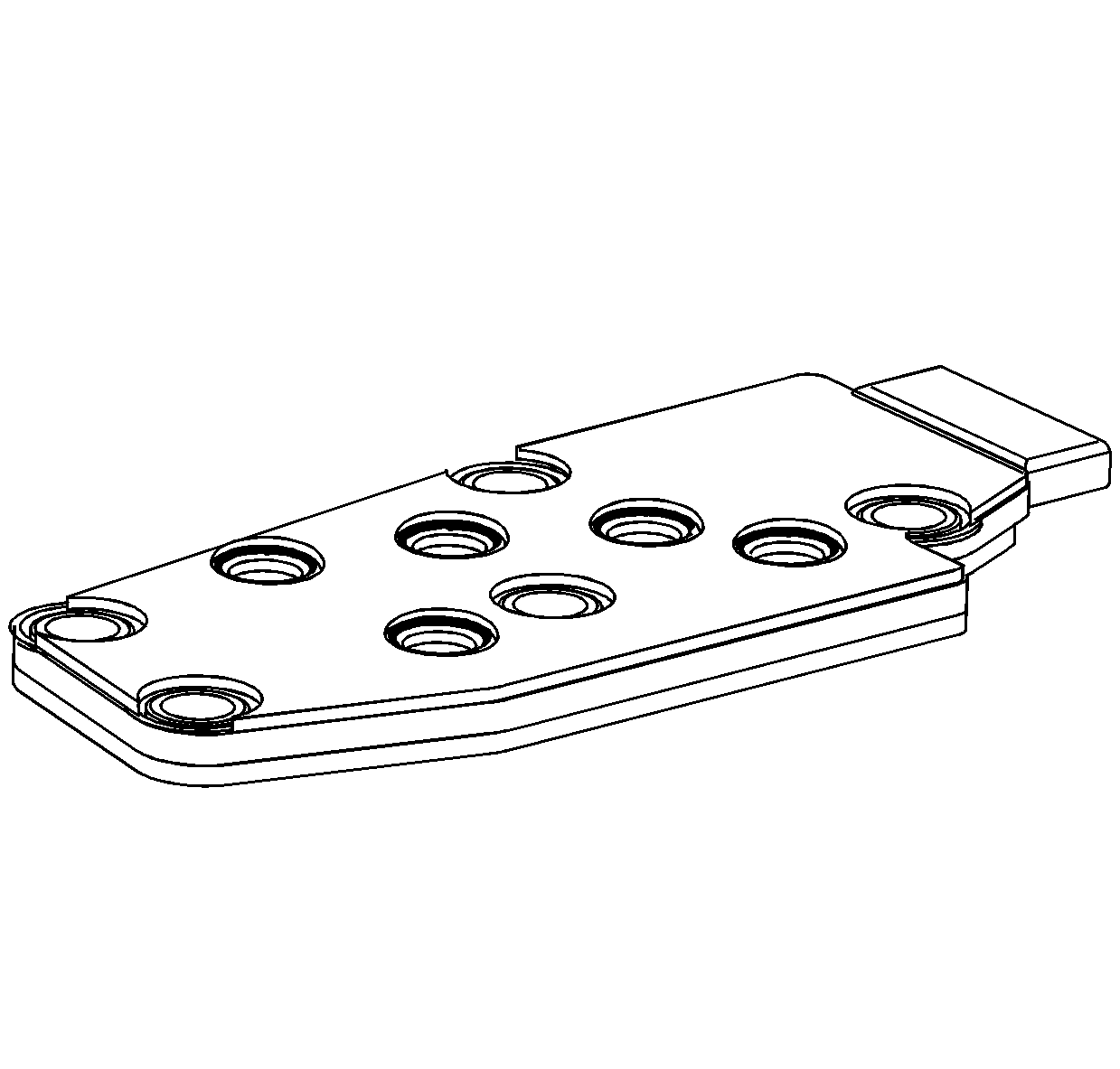
Important: Seven valid combinations and two invalid combinations are available from the TFP manual valve position switch. Refer to the Transmission Fluid Pressure Manual Valve Position Switch Logic table for valid/invalid combinations for range signal circuits A, B and C.
The transmission fluid pressure (TFP) manual valve position switch consists of five pressure switches (two normally-closed and three normally-open) on the control valve body that sense whether fluid pressure is present in five different valve body passages. The combination of switches that are open and closed is used by the PCM in order to determine the actual manual valve position. The TFP manual valve position switch, however, cannot distinguish between PARK and NEUTRAL because the monitored valve body pressures are identical in both cases.
The switches are wired to provide three signal lines that are monitored by the PCM. These signals are used to help control line pressure, torque converter clutch apply and shift solenoid valve operation. Voltage at each of the signal lines is either zero or twelve volts.
In order to monitor the TFP manual valve position switch operation, the PCM compares the actual voltage combination of the switches to a TFP combination table stored in its memory.
The TFP manual valve position switch signal voltage can be measured from each pin-to-ground and compared to the combination table. On the automatic transmission (AT) wiring harness assembly, pin N is signal A, pin R is signal B, and pin P is signal C. With the AT wiring harness assembly connected and the engine running, a voltage measurement of these three lines will indicate a high reading (near 12 volts) when a circuit is open, and a low reading (zero volts) when the circuit is switched to ground.
The transmission fluid temperature (TFT) sensor is part of the TFP manual valve position switch assembly.
Vehicle Speed Sensor Assembly
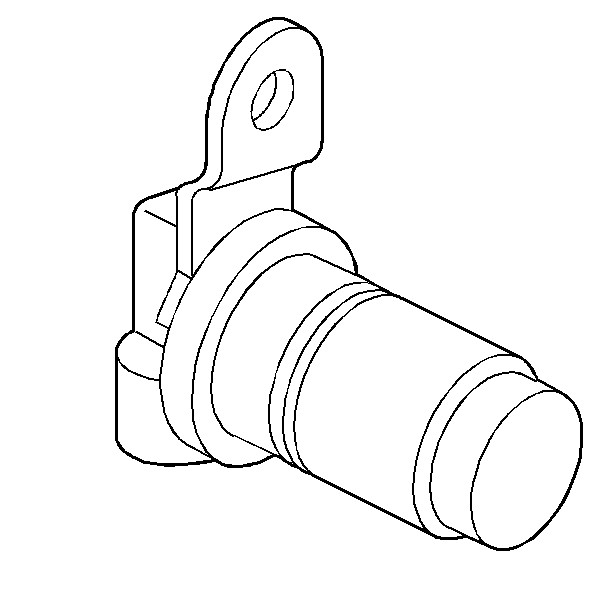
The vehicle speed sensor (VSS) assembly provides vehicle speed information to the PCM. The VSS assembly is a permanent magnet (PM) generator. The PM generator produces a pulsing AC voltage as rotor teeth on the transmission output shaft pass through the sensor's magnetic field. The AC voltage level and the number of pulses increase as the speed of the vehicle increases. Output voltage varies with speed from a minimum of 0.5 volts at 100 RPM to more than 100 volts at 8,000 RPM. The PCM converts the pulsing voltage to vehicle speed. The PCM uses the vehicle speed signal to determine shift timing and TCC scheduling.
Automatic Transmission Fluid Temperature Sensor
The automatic transmission fluid temperature (TFT) sensor is part of the automatic transmission fluid pressure (TFP) manual valve position switch. The TFT sensor is a resistor, or thermistor, which changes value based on temperature. The sensor has a negative-temperature coefficient. This means that as the temperature increases, the resistance decreases and as the temperature decreases, the resistance increases.
The PCM supplies a 5-volt reference signal to the TFT sensor and measures the voltage drop in the circuit. When the transmission fluid is cold, the sensor resistance is high and the PCM detects high signal voltage. As the fluid temperature warms to a normal operating temperature, the resistance becomes less and the signal voltage decreases. Refer to TFT Sensor Specifications for a complete comparison of sensor resistance, temperature and signal voltage.
The PCM uses the TFT sensor information to control shift quality and TCC application.
Transmission Range Switch
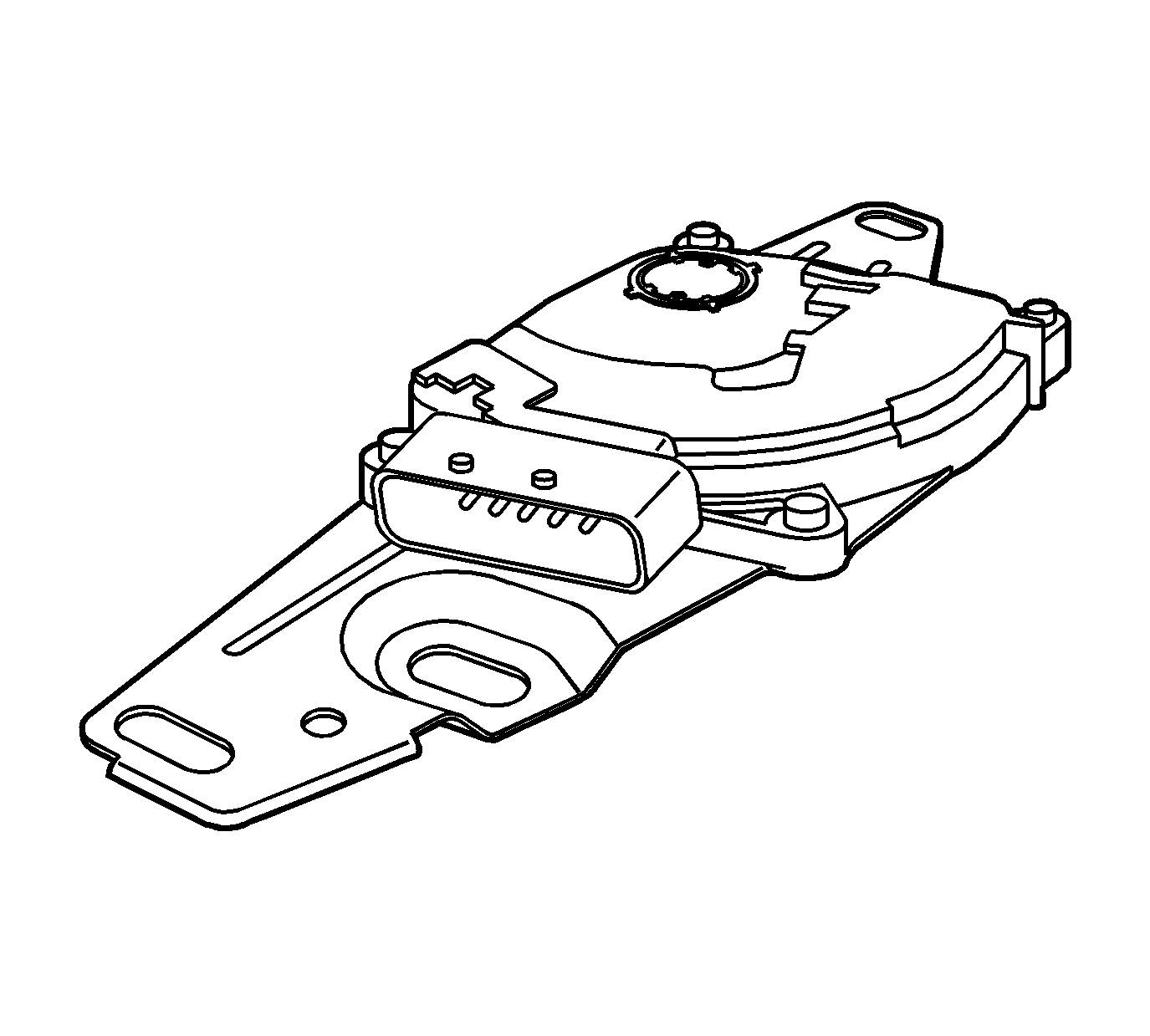
The transmission range (TR) switch is part of the park/neutral position (PNP) and backup lamp switch assembly, which is externally mounted on the transmission manual shaft. The TR switch contains four internal switches that indicate the transmission gear range selector lever position. The powertrain control module (PCM) supplies ignition voltage to each switch circuit. As the gear range selector lever is moved, the state of each switch may change, causing the circuit to open or close. An open circuit or switch indicates a high voltage signal. A closed circuit or switch indicates a low voltage signal. The PCM detects the selected gear range by deciphering the combination of the voltage signals. The PCM compares the actual voltage combination of the switch signals to a TR switch combination chart stored in memory.
Tow/Haul Mode Switch
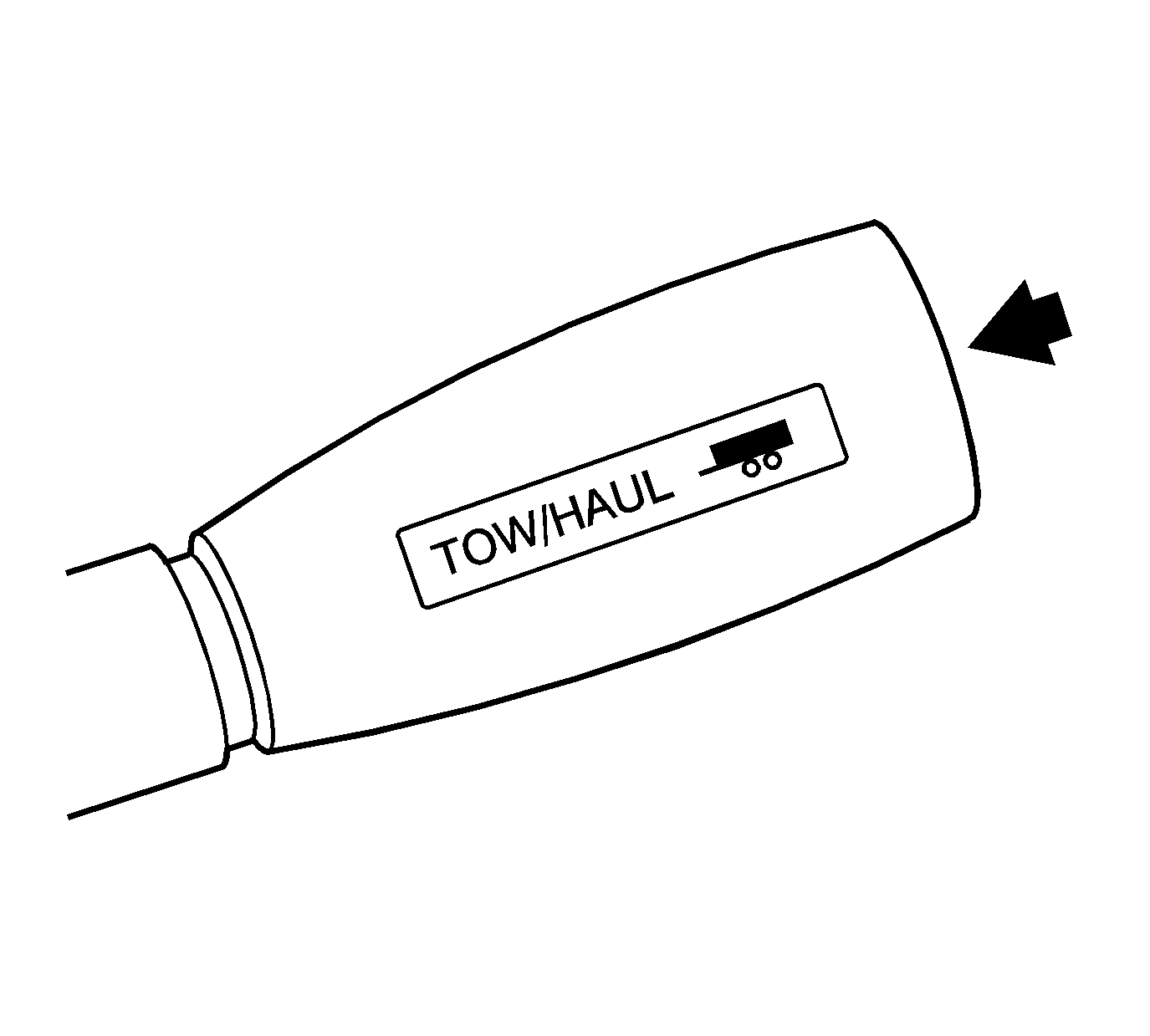
Tow/Haul mode enables the operator to achieve enhanced shift performance when towing or hauling a load. When tow/haul mode is selected, the tow/haul switch input signal to the body control module (BCM) is momentarily toggled to zero volts. This signals the powertrain control module (PCM) to extend the length of time between upshifts and increase transmission line pressure. Cycling the tow/haul switch again, or cycling the ignition switch disables tow/haul mode and returns the transmission to a normal shift pattern.
Electronic Component Description M33 Only
1-2 and 2-3 Shift Solenoid Valves

The 1-2 and 2-3 shift solenoid valves (also called A and B solenoids) are identical devices that control the movement of the 1-2 and 2-3 shift valves. The 3-4 shift valve is not directly controlled by a shift solenoid. The solenoids are normally-open exhaust valves that work in 4 combinations to shift the transmission into different gears.
The powertrain control module (PCM) energizes each solenoid by grounding the solenoid through an internal quad driver. This sends current through the coil winding in the solenoid and moves the internal plunger out of the exhaust position. When ON, the solenoid redirects fluid to move a shift valve.
Important: The manual valve hydraulically can override the shift solenoids. Only in D4 do the shift solenoid states totally determine what gear the transmission is in. In the other manual valve positions, the transmission shifts hydraulically and the shift solenoid states CATCH UP when the throttle position and the vehicle speed fall into the correct ranges.
The PCM-controlled shift solenoids eliminate the need for TV and governor pressures to control shift valve operation.
3-2 Shift Solenoid Valve Assembly

The 3-2 shift solenoid valve assembly is a normally-closed, 3-port, ON/OFF device that is used in order to improve the 3-2 downshift. The solenoid regulates the release of the 3-4 clutch and the 2-4 band apply.
Automatic Transmission Secondary Fluid Pump Assembly
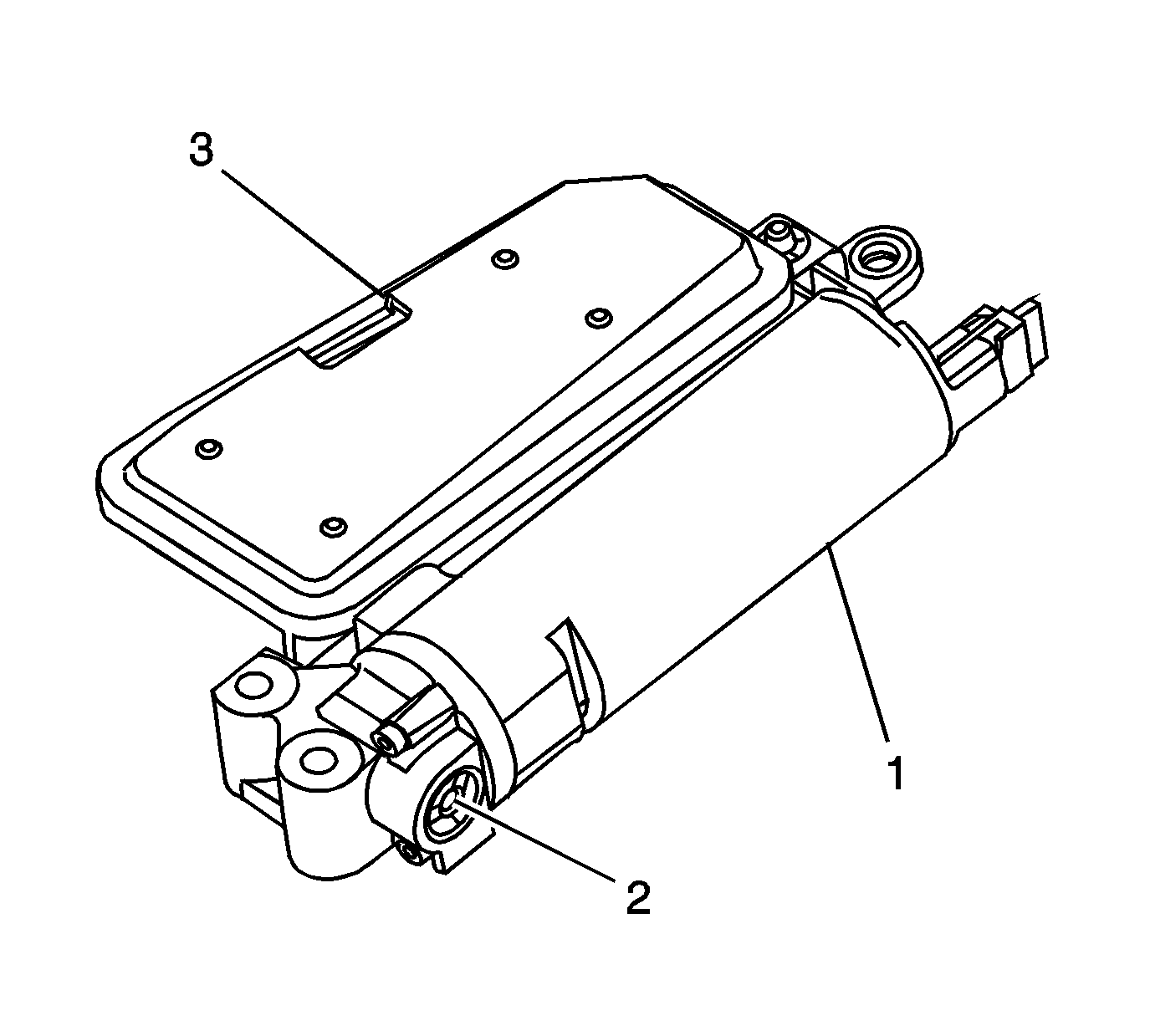
The purpose of the Automatic Transmission Secondary Fluid Pump Assembly (1) is to fill the forward clutch with fluid in order to keep it lightly applied. Maintaining the forward clutch hydraulic capacity will ensure rapid clutch engagement during the engine restart cycles, eliminating engine flare or sudden transmission engagement.
The secondary fluid pump assembly is a gerotor type pump with an airtight electrical motor. The motor has a built-in electromagnet compatibility (EMC) and is a permanent magnet stator with a wound rotor. The pump is a external/internal toothed constant displacement pump and has a built-in pressure relief valve (2). The pump assembly utilizes a replaceable 60-Micron filter (3) and does not require regular maintenance. The pump assembly mounts to the valve body and is submerged in the transmission fluid sump.
As the motor drives the pump gear, a low-pressure area is created between the gear teeth. The fluid volume is positively displaced, thereby creating suction at the pump inlet. As the fluid space between the rotating gears lessen, high-pressure fluid is created and supplied to the manual valve where it is directed into the forward clutch hydraulic circuit. A check valve installed in the valve body located at the pump outlet prevents fluid from the main transmission oil pump from flowing into the secondary fluid pump.
Transmission Pressure Control Solenoid

The transmission pressure control solenoid is an electronic pressure regulator that controls pressure based on the current flow through its coil winding. The magnetic field produced by the coil moves the solenoid's internal valve which varies pressure to the pressure regulator valve.
The PCM controls the pressure control solenoid by commanding current between 0.1-1.1 amps. This changes the duty cycle of the solenoid, which can range between 5-95 percent, typically less than 60 percent. High amperage (1.1 amps) corresponds to minimum line pressure, and low amperage (0.1 amp) corresponds to maximum line pressure, if the solenoid loses power, the transmission defaults to maximum line pressure.
The PCM commands the line pressure values, using inputs such as engine speed and throttle position sensor voltage.
The pressure control solenoid takes the place of the throttle valve or the vacuum modulator that was used on past model transmissions.
Torque Converter Clutch Solenoid Valve

The torque converter clutch (TCC) solenoid valve is a normally-open exhaust valve that is used to control torque converter clutch apply and release. When grounded (energized) by the powertrain control module (PCM), the TCC solenoid valve stops converter signal oil from exhausting. This causes converter signal oil pressure to increase and move the TCC solenoid valve into the apply position.
Torque Converter Clutch Pulse Width Modulation Solenoid Valve

The torque converter clutch pulse width modulation solenoid valve controls the fluid acting on the converter clutch valve. The converter clutch valve controls the torque converter clutch (TCC) apply and release. This solenoid is attached to the control valve body assembly within the transmission. The TCC PWM solenoid valve provides a smooth engagement of the torque converter clutch by operating during a duty cycle percent of ON time.
Transmission Fluid Pressure (TFP) Manual Valve Position Switch

Important: Seven valid combinations and two invalid combinations are available from the TFP manual valve position switch. Refer to the Transmission Fluid Pressure Manual Valve Position Switch Logic table for valid/invalid combinations for range signal circuits A, B and C.
The transmission fluid pressure (TFP) manual valve position switch consists of five pressure switches (two normally-closed and three normally-open) on the control valve body that sense whether fluid pressure is present in five different valve body passages. The combination of switches that are open and closed is used by the PCM in order to determine the actual manual valve position. The TFP manual valve position switch, however, cannot distinguish between PARK and NEUTRAL because the monitored valve body pressures are identical in both cases.
The switches are wired to provide three signal lines that are monitored by the PCM. These signals are used to help control line pressure, torque converter clutch apply and shift solenoid valve operation. Voltage at each of the signal lines is either zero or twelve volts.
In order to monitor the TFP manual valve position switch operation, the PCM compares the actual voltage combination of the switches to a TFP combination table stored in its memory.
The TFP manual valve position switch signal voltage can be measured from each pin-to-ground and compared to the combination table. On the automatic transmission (AT) wiring harness assembly, pin N is signal A, pin R is signal B, and pin P is signal C. With the AT wiring harness assembly connected and the engine running, a voltage measurement of these three lines will indicate a high reading (near 12 volts) when a circuit is open, and a low reading (zero volts) when the circuit is switched to ground.
The transmission fluid temperature (TFT) sensor is part of the TFP manual valve position switch assembly.
Vehicle Speed Sensor Assembly

The vehicle speed sensor (VSS) assembly provides vehicle speed information to the PCM. The VSS assembly is a permanent magnet (PM) generator. The PM generator produces a pulsing AC voltage as rotor teeth on the transmission output shaft pass through the sensor's magnetic field. The AC voltage level and the number of pulses increase as the speed of the vehicle increases. Output voltage varies with speed from a minimum of 0.5 volts at 100 RPM to more than 100 volts at 8,000 RPM. The PCM converts the pulsing voltage to vehicle speed. The PCM uses the vehicle speed signal to determine shift timing and TCC scheduling.
Automatic Transmission Fluid Temperature Sensor
The automatic transmission fluid temperature (TFT) sensor is part of the automatic transmission fluid pressure (TFP) manual valve position switch. The TFT sensor is a resistor, or thermistor, which changes value based on temperature. The sensor has a negative-temperature coefficient. This means that as the temperature increases, the resistance decreases and as the temperature decreases, the resistance increases.
The PCM supplies a 5-volt reference signal to the TFT sensor and measures the voltage drop in the circuit. When the transmission fluid is cold, the sensor resistance is high and the PCM detects high signal voltage. As the fluid temperature warms to a normal operating temperature, the resistance becomes less and the signal voltage decreases. Refer to TFT Sensor Specifications for a complete comparison of sensor resistance, temperature and signal voltage.
The PCM uses the TFT sensor information to control shift quality and TCC application.
Transmission Range Switch

The transmission range (TR) switch is part of the park/neutral position (PNP) and backup lamp switch assembly, which is externally mounted on the transmission manual shaft. The TR switch contains four internal switches that indicate the transmission gear range selector lever position. The powertrain control module (PCM) supplies ignition voltage to each switch circuit. As the gear range selector lever is moved, the state of each switch may change, causing the circuit to open or close. An open circuit or switch indicates a high voltage signal. A closed circuit or switch indicates a low voltage signal. The PCM detects the selected gear range by deciphering the combination of the voltage signals. The PCM compares the actual voltage combination of the switch signals to a TR switch combination chart stored in memory.
Tow/Haul Mode Switch

Tow/Haul mode enables the operator to achieve enhanced shift performance when towing or hauling a load. When tow/haul mode is selected, the tow/haul switch input signal to the body control module (BCM) is momentarily toggled to zero volts. This signals the powertrain control module (PCM) to extend the length of time between upshifts and increase transmission line pressure. Cycling the tow/haul switch again, or cycling the ignition switch disables tow/haul mode and returns the transmission to a normal shift pattern.
